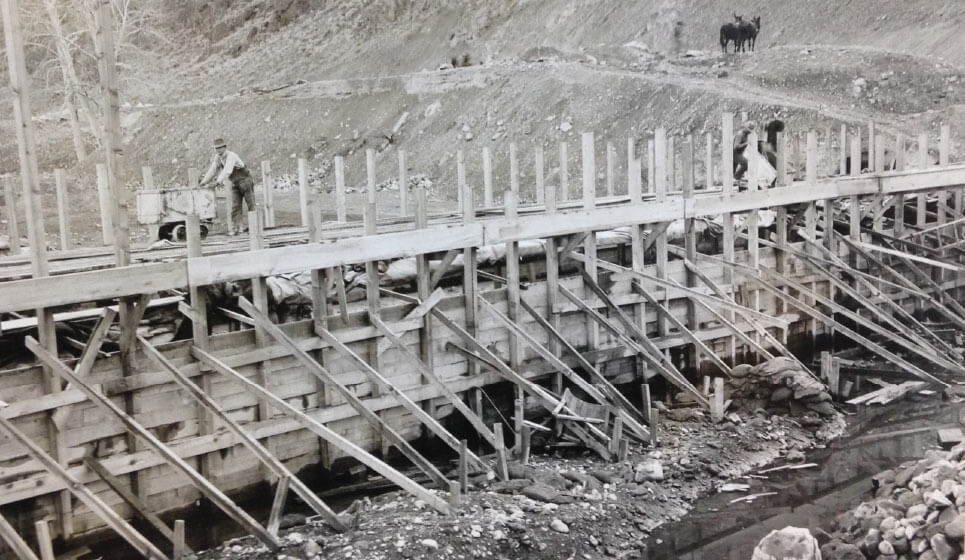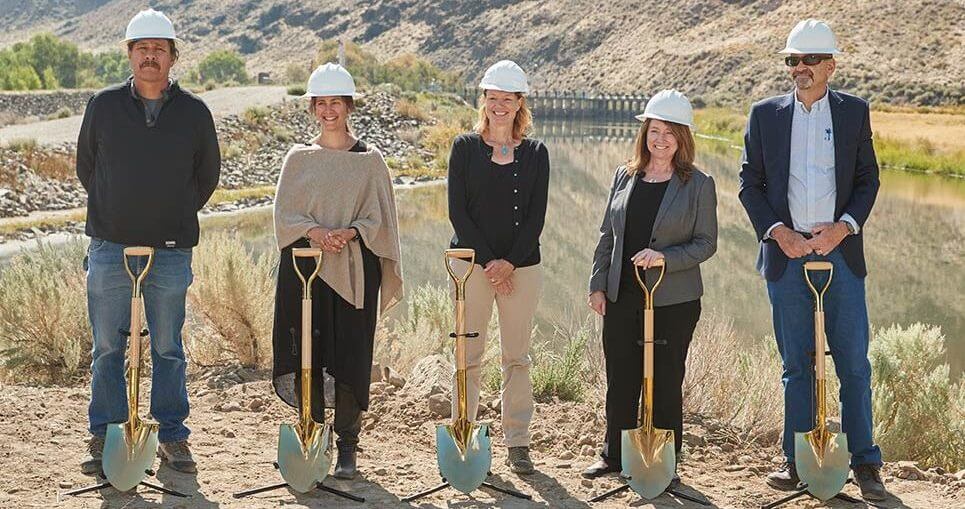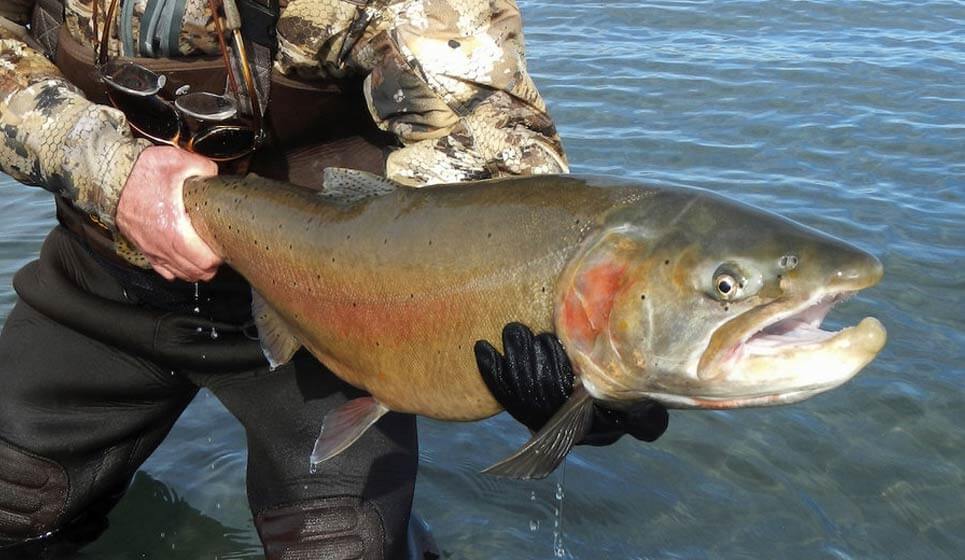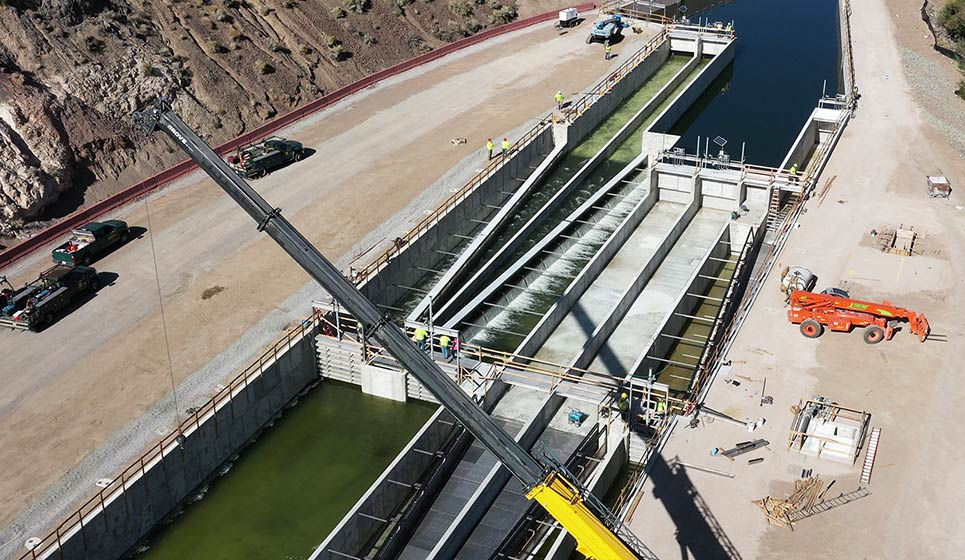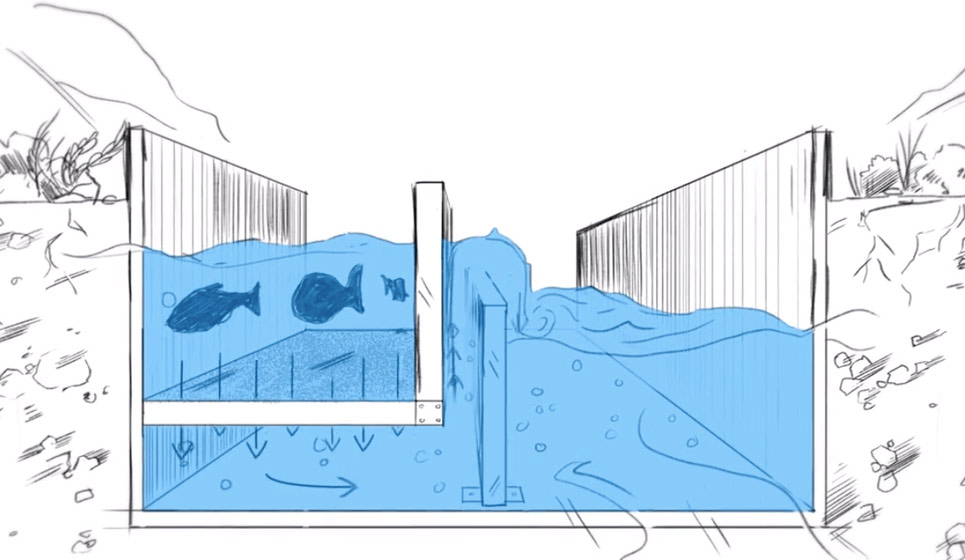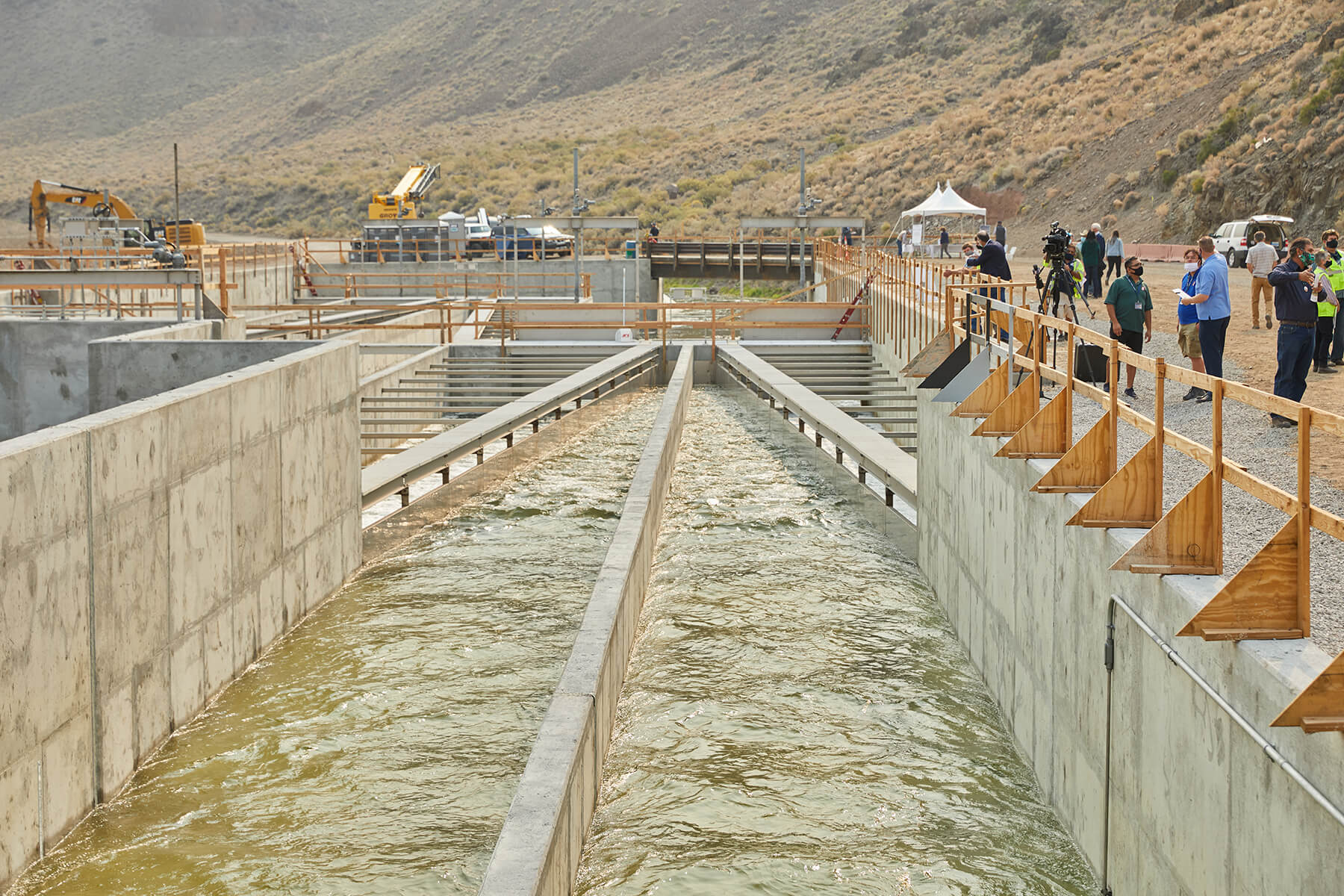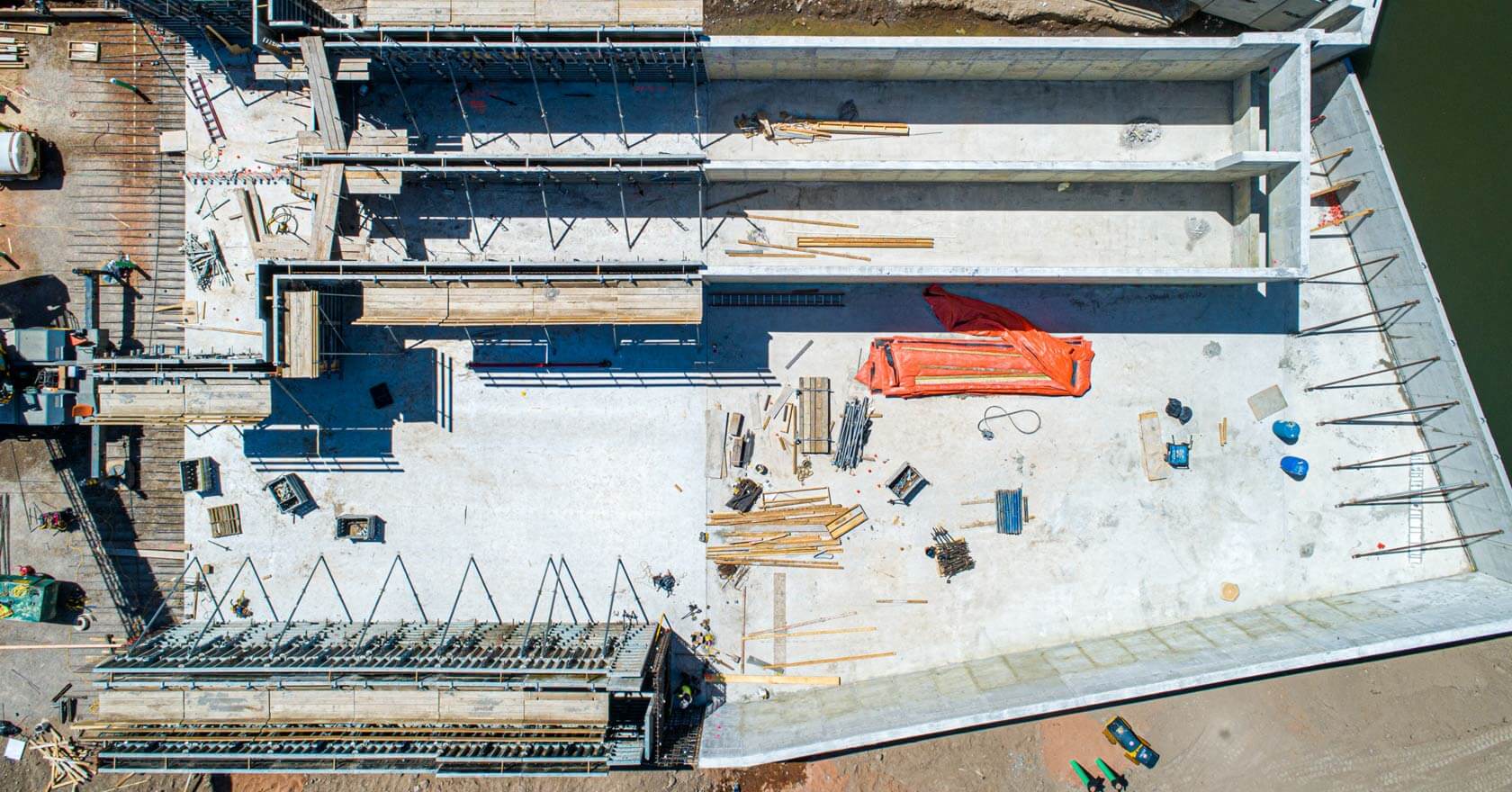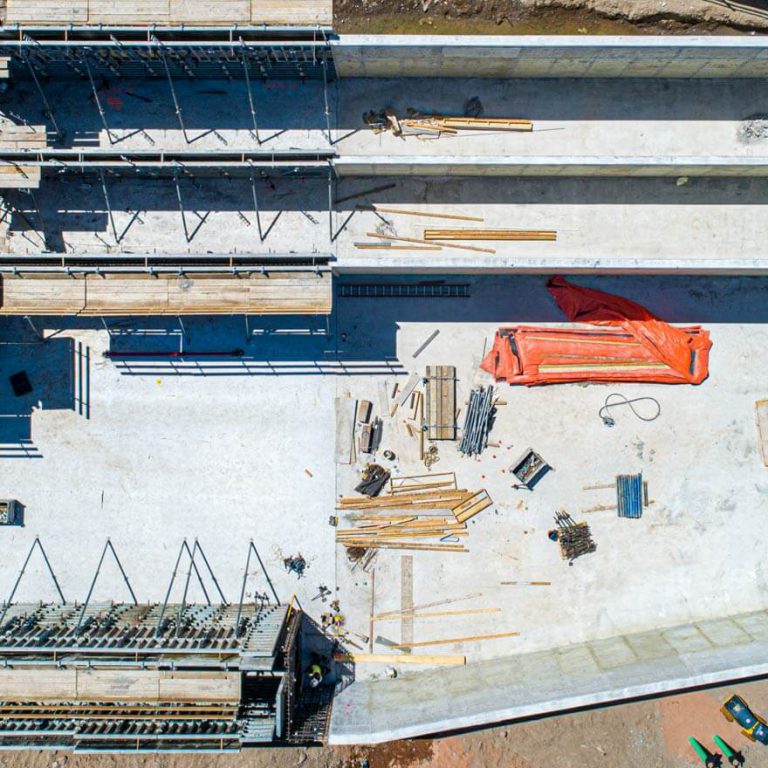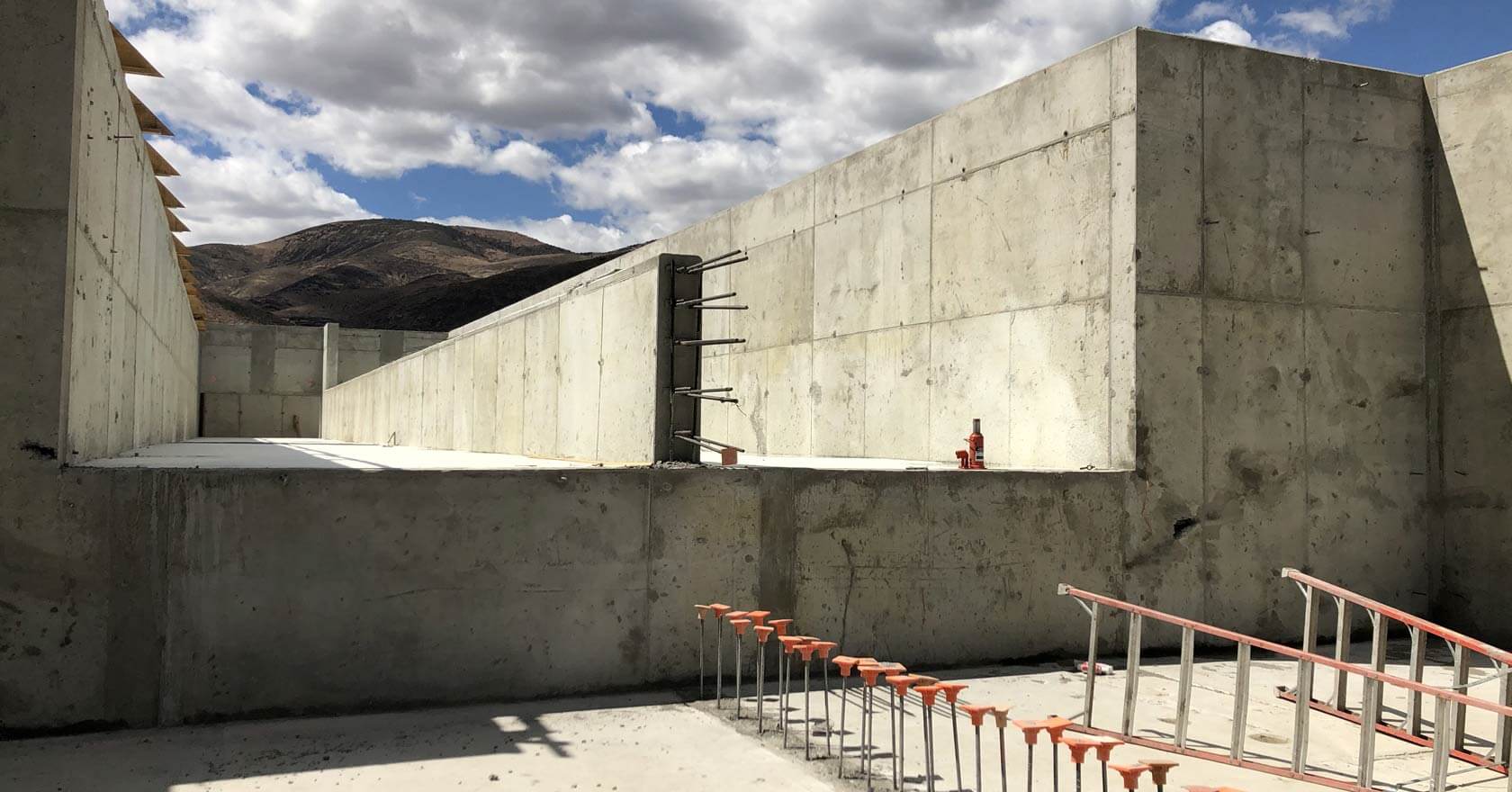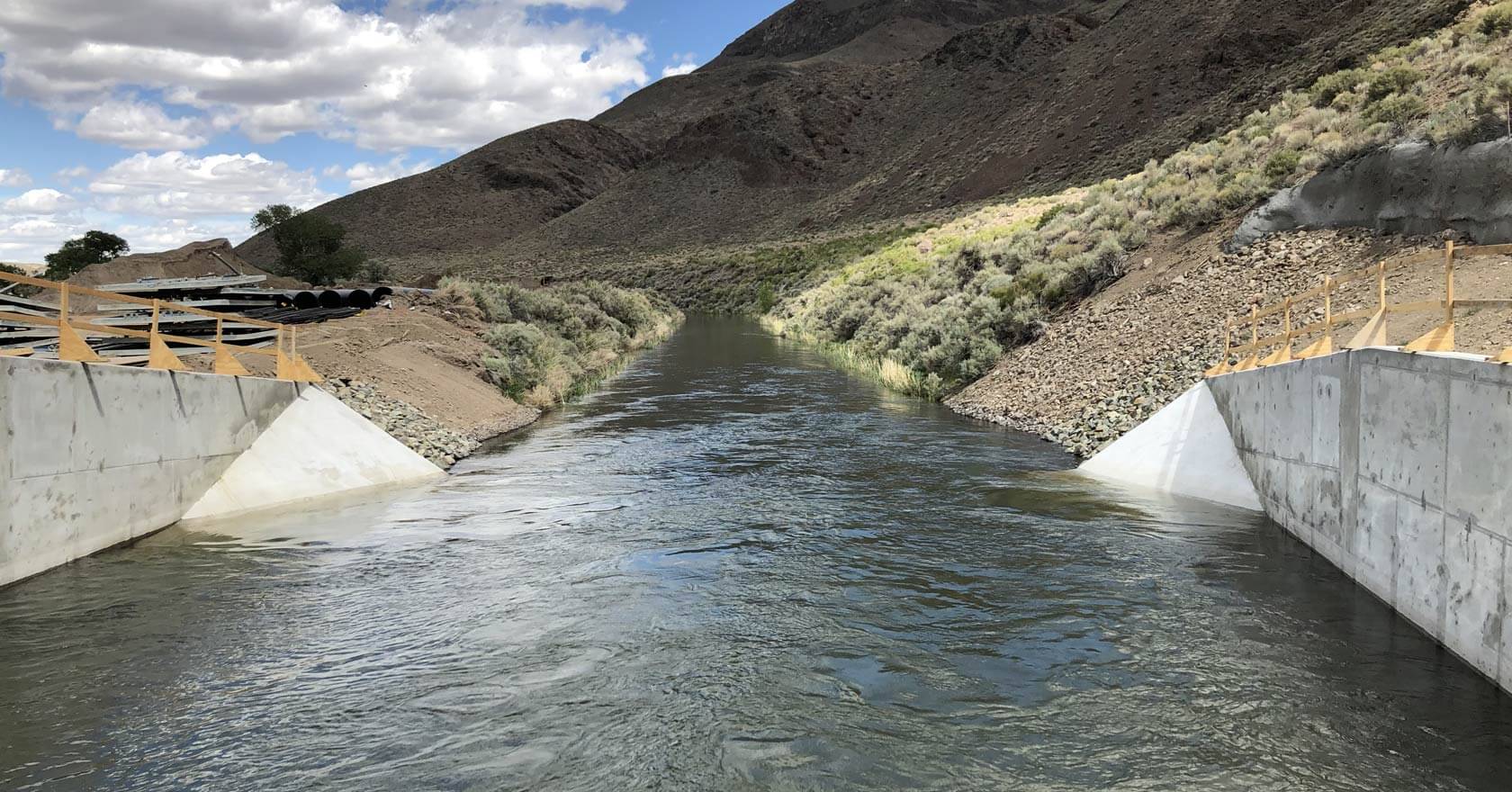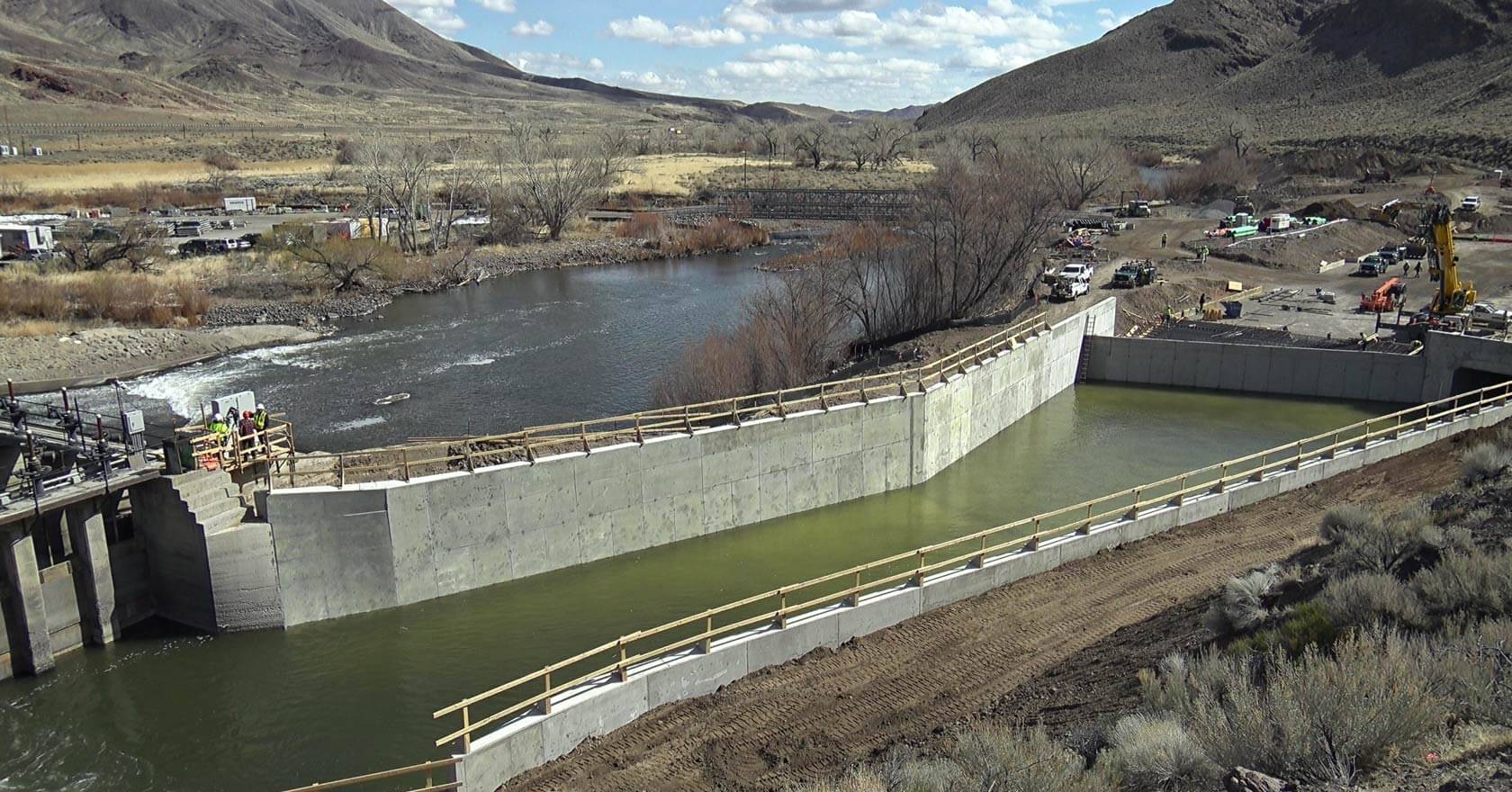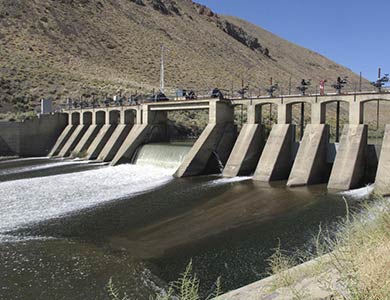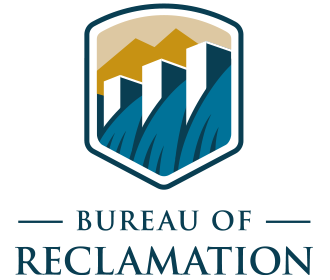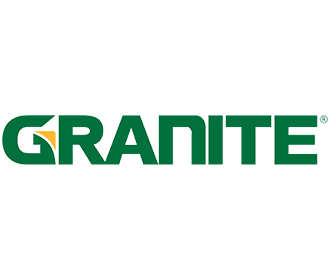Restoring watershed connectivity.
Construction of the Derby Dam Farmers Screen will restore watershed connectivity and support fish movement along the Truckee River, promoting both the recovery of the federally threatened Lahontan Cutthroat Trout (LCT) as well as fishing and recreation opportunities in Nevada.
Sparks, NV
Bureau of Reclamation, Farmers Conservation Alliance
McMillen Jacobs Associates
Granite Construction
Fall 2020
Almost 50 years after the Lahontan Cutthroat Trout was listed under the Endangered Species Act, a fish-friendly infrastructure project at Derby Dam will help decades-long efforts to bring back the legendary fish.
Fish passage at Derby Dam has been a priority conservation project for LCT recovery for more than two decades. In 2001, the U.S. Fish and Wildlife Service and Reclamation designed and completed a fish bypass around Derby Dam. Since then, the two agencies have been working to implement the protection portion of the Derby passage improvements. Reclamation selected the horizontal fish screen technology and entered into a cooperative agreement with Farmers Conservation Alliance for the design, construction, and commissioning of the screen. Construction of the Derby Dam Farmers Screen (DDFS) Project began in October 2019 and will be complete in Fall 2020.
Why the success of Derby Dam matters so much as told by those who made it a reality.
See updates from the field.
Communicating the context and importance of the Derby Dam Fish Screen was a critical piece of the project puzzle, informing stakeholders and partners on progress and impact. To this end, FCA produced a series of short videos documenting the process, science, and technical approach, as well as profiling partners and suppliers.
